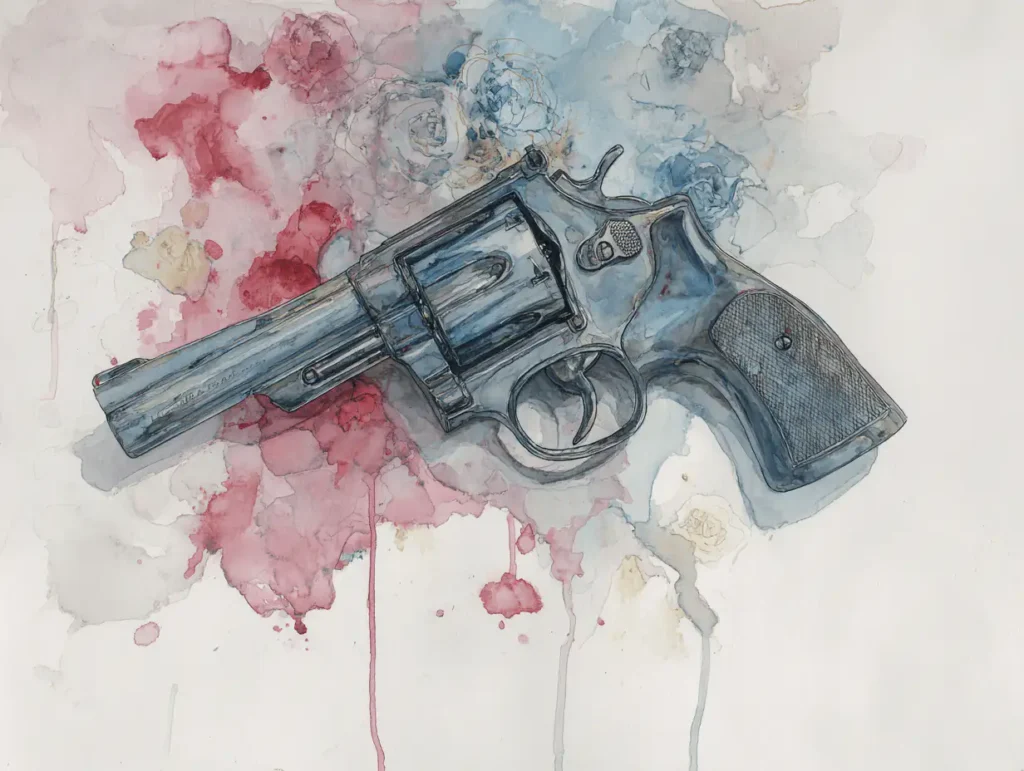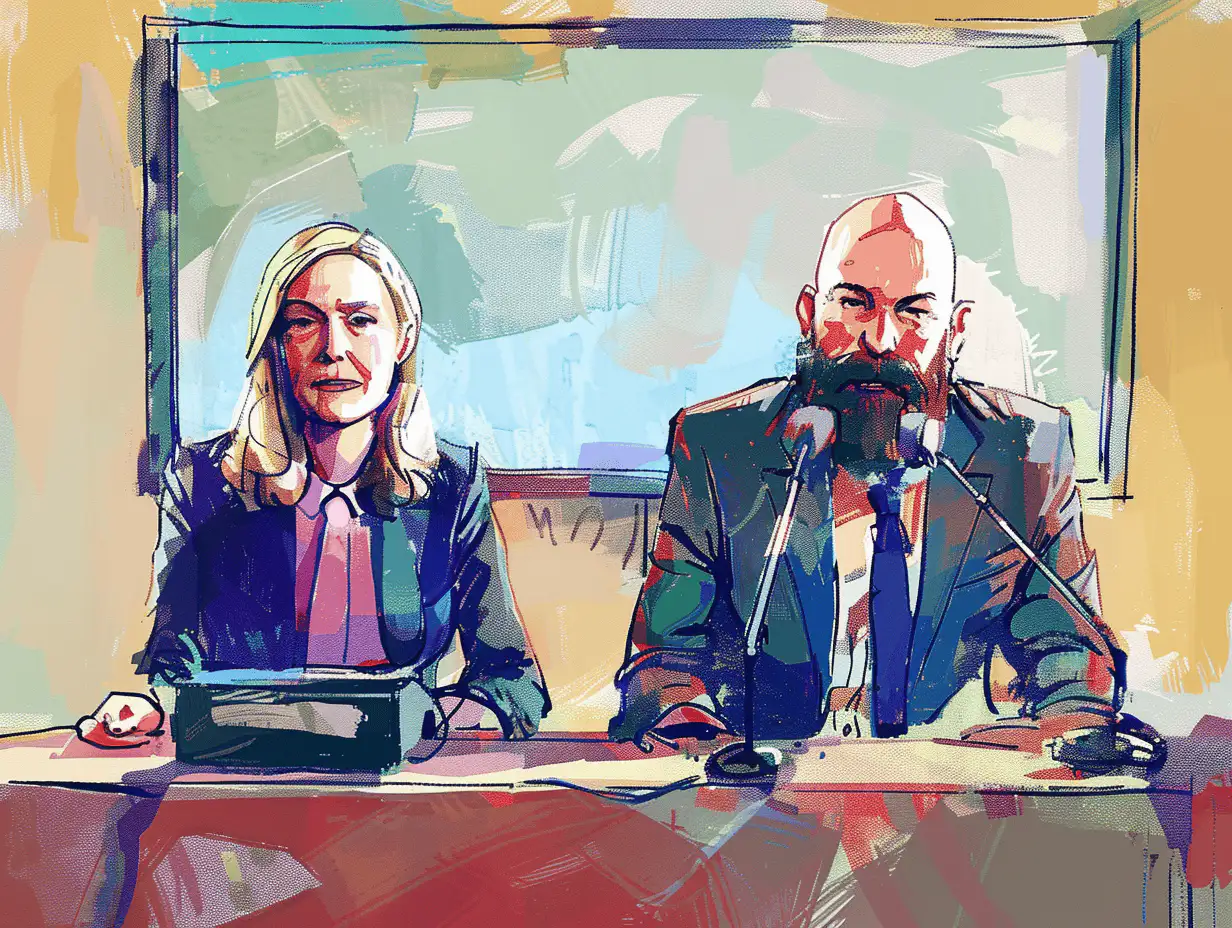Misdirection, Projection, and Political Violence
“There’s no place for violence in Politics” says the politician — as their constituents are kidnapped from legal immigration hearings, battered and imprisoned for protest, or disenfranchised through gerrymandering.
“Political violence is never the answer” decries the pundit — who uses the passive voice to describe the seizing of power, destruction of democracy, and open calls for violence from elected officials.
“Political violence has no place in this country” claims the social media post by an average citizen — who has never picked up a single history book that outlines a country built on colonialism, genocide, slavery, racism, and white supremacy.
These statements reveal a dangerous blind spot in how we define political violence — one that allows systemic harm to continue unchallenged while focusing only on dramatic individual acts.
Perhaps we need to take this moment to really think about what is political violence.
Misdirection

Certain types of violence are easy to recognize and label.
Sadly, this tends to be limited to incidents in which someone suffers immediate physical injuries, or death.
And yet, even that is not enough to be properly recognized.
Countless protesters have been injured — sometimes permanently — from “non-lethal” ammunition, exposure to chemical weapons, or being beaten by armed and armored militarized police.
Yet, this is often not talked about as political violence.
It’s justified, regardless of what is being protested, and given the hallowed description of “Law and Order.”
Without a single shot fired…
There’s so much more that we should recognize as political violence, but we collectively fail to treat it with the same gravity that we do a single shooting. In fact, the vast majority of harm that people suffer from politics, are the downstream results of the policies and rhetoric that restrict their freedoms, erase their voice, or lead to bodily harm.
- Restricting the rights, freedoms, and equal protections of people due to their sex, gender, race, sexuality, disability, or economic class is political violence.
- Denying these groups access to life-saving medical care1 is political violence — especially when those policies disproportionately impact minorities2.
- Going on television and suggesting that these groups are a threat to society worthy of being assaulted, imprisoned, or killed is stochastic terrorism — a form of political violence.
- Disenfranchising voters through gerrymandering, voter roll purges3, and policies that make it harder to vote — such as voter ID laws, reduced number of locations to vote or drop off4 or restricting mail-in voting5 are all forms of political violence.
- Defunding schools, social programs, and international aid, while gutting environmental regulations, food and drug safety, and public health institutions are all forms of political violence.
- Refusing to take any action to curb the epidemic of gun violence and school shootings is political violence.
Yet, the individuals, organizations, and systems that are saying these things and openly working toward these goals, are not accused of political violence. They are euphemistically granted the status of simply “having a difference of opinion rooted in deeply held beliefs.”
When we fail to call out all of this violence, rooted in political decisions, we allow the narrative to focus exclusively on one, very sensational type of political violence.
Meanwhile, all of the other forms of political violence continue on, without a single shot being fired.
Violence and Self-Defense
The sentiment behind statements condemning political violence mostly come from a good place. It’s generally one that holds out hope for a world in which we needn’t use the threat or act of inducing bodily harm as a means of achieving our goals. Despite my love of the punching and kicking genre of superhero comics, tv shows, and films, I continue to be a strong proponent of non-violence.
However, it is important to recognize that there is always a point at which most people would conclude that violence is justified as an act of self-defense. The determining factor is typically about whether the individual has a reasonable belief of an imminent threat.
- Right now, the violent rhetoric is at a fever pitch.
- There is a steep increase in illegal, domestic, occupations by the military, targeting cities with large minority populations.
- And everyday we see videos of squads of unidentified, unaccountable, and heavily funded goons kidnapping peaceful people across the country, for the crime of being brown.
All of this on top of every other thing being done to disenfranchise anyone who isn’t white, male, and Christian. So, when you hear the words “Political Violence,” I hope you’ll think about more than the handful of pundits, politicians, or judges. I hope you’ll think about all of us and consider where the majority of political violence is really coming from.
A few of the mountains of stats I found…
- Mothers living in states that banned abortion nearly 2x as likely to die during pregnancy, childbirth, or soon after giving birth, compared to mothers living in supportive states where abortion was legal and accessible, Maternal Mortality in the United States After Abortion Bans (Gender Equity Policy Institute)
- Black mothers living in banned states were 3.3x as likely to die as White mothers in those states, Maternal Mortality in the United States After Abortion Bans (Gender Equity Policy Institute)
- According to the U.S. Election Assistance Commission, over 19 million voters were removed from the rolls between 2020 and 2022. (Brennan Center for Justice)
- 1 in 5 Election Day polling places have closed over last decade, (ABC News)
- 1.5% of all absentee/mail-in ballots were rejected in 2022 (PBS)
I hope you enjoyed this post!
If you liked this, you will LOVE my newsletter: The Infinite Impact If you’re not yet a subscriber, click here to get it now, totally free.
Want even more? Consider becoming a member of The Impact Lab. Becoming a member gets you access to the online community and exclusive members-only resources.
PLUS, you get to feel great for supporting an independent creator.

